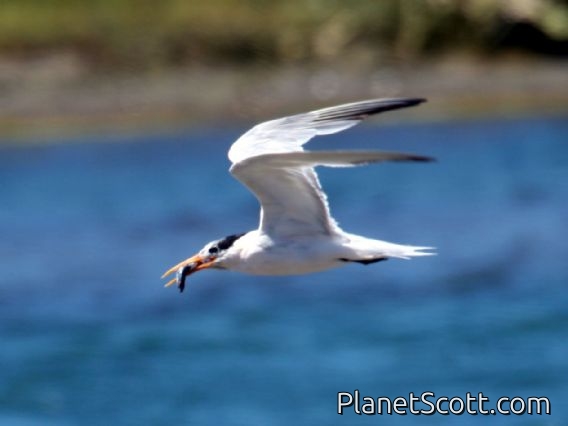Elegant Tern (Thalasseus elegans)

Elegant Tern (Sterna elegans)

Elegant Tern (Sterna elegans)

Elegant Tern (Sterna elegans)



×




Elegant Tern (Sterna elegans)

Elegant Tern (Sterna elegans)

Elegant Tern (Sterna elegans)
About Elegant Tern (Thalasseus elegans)
- Kingdom: Animals
- Phylum: Chordates
- Class: Birds
- Order: Shorebirds and Allies
- Family: Gulls, Terns, and Skimmers
The elegant tern is a tern in the family Laridae. It breeds on the Pacific coast of southern California in the United States and western Mexico, and migrates south to Peru, Ecuador and Chile for the northern winter; in the late summer and fall, some also disperse north to Oregon and more rarely Washington.
Source: Wikipedia
Visits
-
2006-09-24
Elkhorn Slough, United States of America -
2007-04-11
San Diego Estuary, United States of America -
2007-07-28
Crissy Field, United States of America -
2007-09-23
Elkhorn Slough, United States of America -
2012-08-12
Coyote Point County Park--harbor and marsh, United States of America -
2012-09-07
Heron's Head Park, United States of America -
2012-09-23
Heron's Head Park, United States of America -
2013-08-18
Farallones Marine Sanctuary, United States of America -
2014-08-23
MacKerricher SP, United States of America -
2014-09-01
Pigeon Pt., United States of America -
-
-
-
-
-
-
-
2020-12-14
Playa Porma, Chile -
-
2023-10-21
Farallones Marine Sanctuary, United States of America






